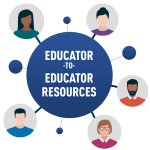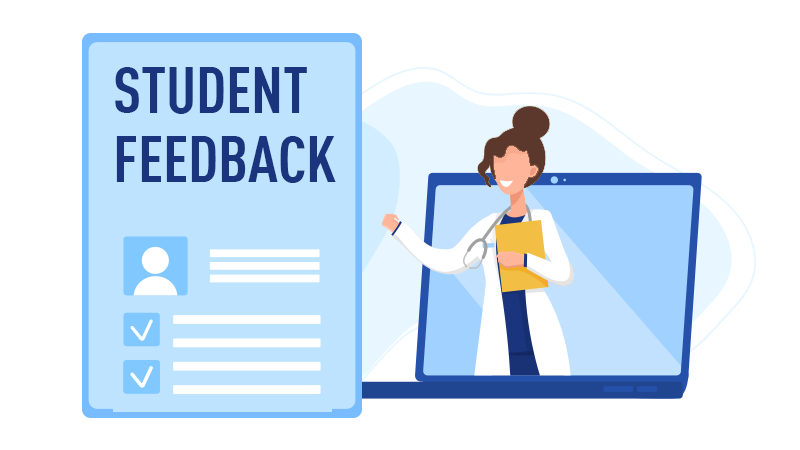
By: Anne Walsh, MMSc, PA-C, DFAAPA | Clinical Associate Professor | Chapman University Crean College of Health and Behavioral Sciences; Physician Assistant Studies
In health professions education, identifying gaps in clinical reasoning early is critical to ensuring clinical competence. However, with packed curricula, finding time for robust assessment is challenging, and many assessments don’t align well with the competencies clinicians must develop.
That’s where Calibrate comes in. After implementing these formative assessments from Aquifer, over 60% of our students improved their clinical reasoning performance from the early to late assessment. We integrated Calibrate seamlessly into our elective rotation, providing a low-lift way to pinpoint student weaknesses in clinical reasoning before their end-of-rotation exam. Here’s my advice for effectively leveraging Calibrate formative assessments:
Reinforce the Formative Nature of Calibrate
Some students may see Calibrate as “just another test.” Others may expect simple “practice questions.” Set expectations early that this tool focuses on formative growth, not simple recall or high-stakes evaluation. Make it clear that Calibrate empowers them to take ownership of strengths and knowledge or confidence gaps before clinical experiences and summative exams. This proactive messaging has been effective at setting the tone and reducing pushback.
Require Student Reflection
Simply taking Calibrate isn’t enough – reflection accelerates growth. Have students complete a written performance analysis and develop an improvement plan. The built-in Aquifer Learning Plan is a tool that scaffolds developing a learning plan. It is also essential to give feedback on student reflections – even a few sentences can make a difference. By providing feedback, students know their efforts are valued, and you can provide guidance (and redirection if needed) on learning strategies.
Target Knowledge Gaps with Aquifer Cases
One of the advantages of Calibrate is that students can link directly to Aquifer cases as learning resources. Encourage students to use Aquifer cases to address gaps identified by Calibrate. This prevents diffuse studying and helps focus their study time and effort where needed most.
Adjust as Needed
There’s no one-size-fits-all approach. Review what’s working frequently and tweak your Calibrate implementation as needed. For example, we started with the custom reflection form based on questions I developed but are now considering using the integrated Aquifer Learning Plan. It is essential to review the reports and consider what maximizes value for your students.
After seeing over 60% of students improve their early to late performance and reading the overwhelmingly positive feedback in student reflections, I believe implementing Calibrate is a scalable way for students to better understand their clinical reasoning skills and prepare for clinical experiences and end-of-rotation exams. The benefits we’ve seen, from improved assessment performance to enhanced student confidence, make integrating this low-lift formative assessment tool a worthwhile innovation.


